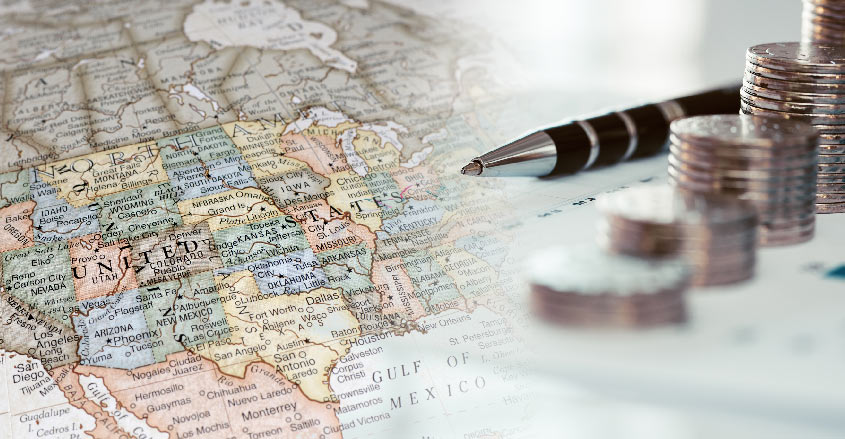Thanks to overly optimistic projections and plain old politics, a number of U.S. states cannot keep up with pension payment promised to millions of public sector employees.
From 2015 to 2016, the pension payout shortfall owed by states grew by more than $295 billion dollars, reports the Pew Charitable Trusts.
Currently, most American states that owe pension payouts have about $2.6 trillion dollars to do so.
Yet the states are scheduled to pay out more than $4 trillion dollars now to eligible employees in the coming years and decades to come.
The problem is only getting worse.
Several states just have no way to cover their currently insurmountable budget gaps, a problem that can be resolved only by stiffing retirees or raising taxes dramatically on current workers.
Colorado, Connecticut, Illinois, Kentucky, and New Jersey have less than half of the funding in coffers required to pay out promised pensions.
The problem is much worse for other states.
More than 17 states have less than a third of the necessary funding in their coffers to pay out their respective promised pension plans.
Kentucky and New Jersey had the worst payout short falls, with both states about 31% in the red.
Wisconsin is one of the best funded pension payout states with its coffers 99% funded. South Dakota is 97% funded with Tennessee about 94% funded.
The reasons the huge shortfalls vary.
Many American cities and states still have not recovered from the 2008 financial crisis. And many state legislatures simply didn’t contribute enough to their pension plans.
Low investment returns also were a factor. The average return on pension investments was about 1% in 2016.
Many states had projected a 7.5% return on investments.
Until legislative solutions are found, the problems will get worse. “Many state retirement systems are on an unsustainable course,” says the Pew Charitable Trusts report.
Pension rich
The problem partially lies in the fact that each state has its own signature approach to paying pensions.
How much pay employees contribute to their pensions as they work also differs from state to state. There is no uniform legal approach to paying out pensions.
Meanwhile, a small number of elite employees are doing quite well by the system.
Joseph Robertson, former president of the Oregon Health & Science University, reportedly receives more than $76,000 a month via his pension plan. A former football coach makes $559,000 a year.
And many government workers now receive annual pension plans exceeding $100,000 annually.


